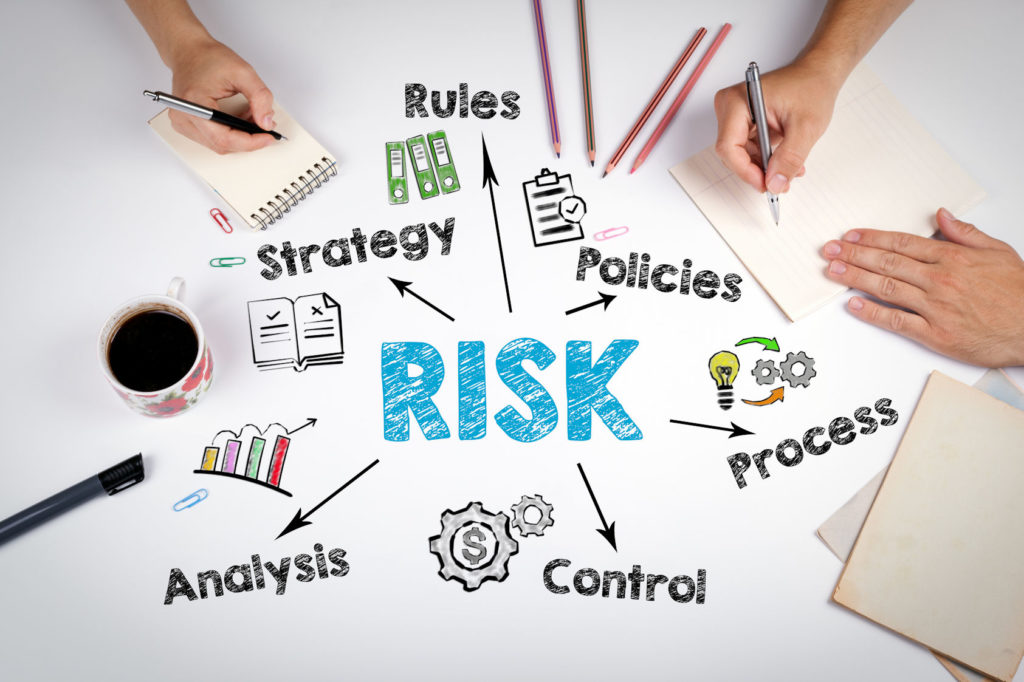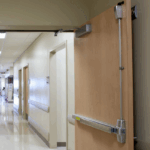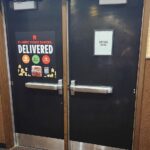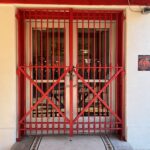I just re-read an excellent article that was published in the Washington Post, called School shootings are extraordinarily rare. Why is fear of them driving policy? The author is David Ropeik, an instructor at Harvard and author of “How Risky Is It, Really? Why Our Fears Don’t Always Match the Facts.”
The article was written shortly after the shooting at Marjory Stoneman Douglas High School in Parkland, Florida, and is full of statistics about the risks we fear, and how that fear drives behavior. You might remember when I wrote about the little girl who moved in across the street from us after relocating from Austin, Texas to San Miguel de Allende, Mexico. She told my daughter that in Austin she had a 1 in 900 chance of being shot at school every day. Obviously that’s not true, but unfortunately that is the perception of a lot of kids and maybe even their parents.
The author of the article states that the statistical likelihood of a public school student being killed in a school shooting on any given day since 1999 was 1 in 614,000,000. Here’s more on that:
The Education Department reports that roughly 50 million children attend public schools for roughly 180 days per year. Since Columbine, approximately 200 public school students have been shot to death while school was in session, including the recent slaughter at Marjory Stoneman Douglas High School in Parkland, Fla. (and a shooting in Birmingham, Ala., on Wednesday that police called accidental that left one student dead). That means the statistical likelihood of any given public school student being killed by a gun, in school, on any given day since 1999 was roughly 1 in 614,000,000. And since the 1990s, shootings at schools have been getting less common.
The chance of a child being shot and killed in a public school is extraordinarily low. Not zero — no risk is. But it’s far lower than many people assume, especially in the glare of heart-wrenching news coverage after an event like Parkland. And it’s far lower than almost any other mortality risk a kid faces, including traveling to and from school, catching a potentially deadly disease while in school or suffering a life-threatening injury playing interscholastic sports.
We sometimes seek protection from our fears in ways that put us in greater peril. In responding to the Parkland shooting, we may be doing just that to our kids.
I am not in any way minimizing the concerns about school shootings or the importance of planning for the security of our schools. The point is that when fears start to drive decisions – or legislation – other important factors may be overlooked. There are many tools available to help school administrators evaluate their security and make necessary changes, including the guildelines from the Partner Alliance for Safer Schools (PASS).
If you’re looking for help with school security, feel free to leave a comment below and I will connect you with someone in your area who can assist you.
You need to login or register to bookmark/favorite this content.







I did a quick Google search asking how many public and private school there are in the US.
How many public schools are in the US 2018?
In fall 2018, about 56.6 million students will attend elementary and secondary schools, including 50.7 million students in public schools and 5.9 million in private schools. Of the public school students, 35.6 million will be in prekindergarten through grade 8 and 15.1 million will be in grades 9 through 12.
I’m not trying to diminish the tragedies, just get a handle on how many people are affected when a school shooting happens.
I expect every school child, administrator and parent are, on some level, affected by each incident.
The easiest answer to the stats are ….”WELL I DON’T WANT THAT 1 TO BE MY KID”!! Sometimes its easier to appease the outspoken than to listen to statistics like theses. Unfortunately, there will always be a next time and there will be deaths.
Hi Lori,
I was wondering, compared to the School Shooting Tragedy, what are the stats for fire tragedies?
I’m inclined to say its a lot higher than these numbers.
If that’s the case, maybe we can talk about the difference between these two stats one of these posts.
Maybe people will then see the comparison and start treating Fire Safety with the proper attention that it requires.
I’m not knocking the shooting tragedies heaven forbid, I’m only trying to advocate for Fire Safety.
Good question, Ben! I’ll write a post about that next week.
– Lori
Lori,
From my research we have had no fire related deaths in years. and this is all credited to enforcement of fire code I cant find my paper on it but have some of the resources. I look forward to your findings!
https://www.usfa.fema.gov/downloads/pdf/statistics/v14i14.pdf
https://www.nfpa.org/News-and-Research/Data-research-and-tools/Building-and-Life-Safety/Structure-fires-in-schools/US-school-fires-with-ten-or-more-deaths
https://safehavensinternational.org/wp-content/uploads/2014/06/Relative_Risks_of_Death_in_US_K-12_Schools.pdf
I always think arguments like this aren’t quite presenting the statistics honestly. Sure, 1 in 614 million chance of being killed in a school shooting on any given day. But what are the odds that you will be at school on the day of a school shooting sometime in your academic career? Probably something closer to 1 in 500,000. Even the kids who aren’t being shot are still undergoing life-changing trauma. And every kid actively worrying about it is less invested in their education, less likely to reach their full and total potential. It would not be enough to simply prevent any kid from being shot and killed. And we’re not even doing that.
The odds of being at school on any given day of a K-12 academic career is 1 in 2340 so you would need to add that to the 614 million.